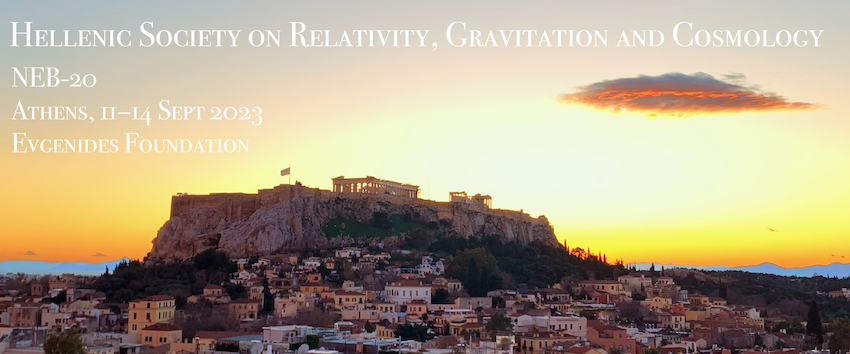Speaker
Description
The merger of supermassive black holes (BBH) produces mHz gravitational waves (GW), which are potentially detectable by future Laser Interferometer Space Antenna (LISA). Such binary systems are usually embedded in an accretion disk environment at the center of the active galactic nuclei (AGNs). Recent studies suggest the plasma environment imposes measurable imprints on the GW signal for extreme mass ratio binaries. The effect of the gaseous environment on the GW signal is strongly dependent on the disk’s parameters, therefore it is believed that future low-frequency GW detections will provide us with precious information about the physics of AGN accretion disks. We investigate this effect by measuring the disk torques on the binary system by modeling several magnetized tori. Using GRMHD HARM-COOL code, we perform 2D simulations of weakly-magnetized thin accretion disks, with a possible truncation and transition to advection dominated accretion flow (ADAF). We study the angular momentum transport and turbulence generated by the magnetorotational instability (MRI) in our numerical simulations. We quantify the disk’s effective alpha viscosity and its evolution over time.

